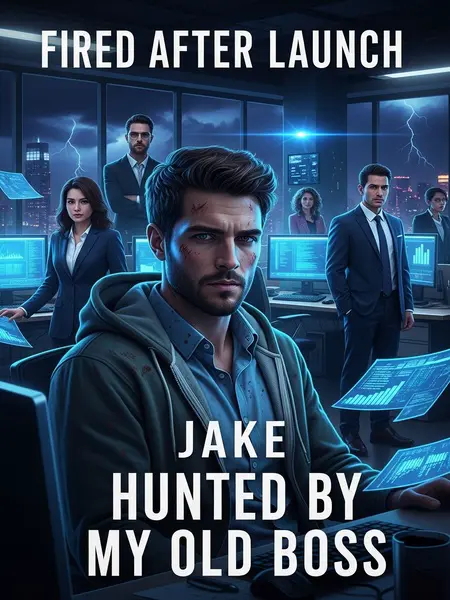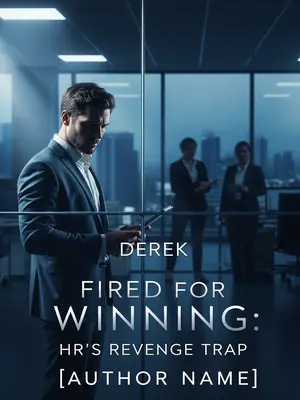Chapter 2: The Shit Mountain No One Wants
Ron Foster was the tech department manager, but he had all the classic boss flaws: didn’t know tech, loved giving random orders.
He had that management book swagger, always talking about synergy and KPIs, but the man couldn’t troubleshoot a printer jam if you spotted him the first three steps. To him, “refactor” might as well have been a new brunch spot downtown.
Silverstream’s main business is digital dental services. Before I got there, the system architecture was already a mess.
The legacy codebase looked like it had been written by a committee of sleep-deprived raccoons. No documentation, half the comments in broken English, and dependencies that hadn’t been updated since Obama was president.
Requirements changed constantly, every project was a rush job, and development and testing were always squeezed. Add Ron, the resident shit-stirrer, who liked to toss out random commands, and the system just got more and more tangled.
Some days it felt like we were building a Jenga tower with blocks that kept getting swapped out mid-game. Ron loved to drop in with a "quick update" that turned into a week-long panic attack for the whole team.
Pretty soon, problems were everywhere.
It was like playing Whac-A-Mole, except the moles were bugs and the hammer was always missing.
Bloated modules, duplicate code, spaghetti logic…
If code smell had a scent, ours would have cleared the building. Copy-paste jobs everywhere, functions with a dozen side effects, and no one dared touch the oldest files.
Every new requirement meant piling bugs on top of bugs. It’s like telling one lie and then having to tell ten more to cover it up—a pile of shit is putting it nicely.
Every ticket we closed just spawned two more. It was like a Texas wildfire with no rain in sight.
I called it the ancestral shit mountain.
It was a running joke: the bug tracker as family tree, each generation a little more dysfunctional than the last.
Silverstream’s business was built on this mountain.
And no one wanted to admit it. We all just tiptoed around the weak spots and prayed for no earthquakes.
If they just slapped AI on top, future maintenance would be a nightmare.
It’d be like mounting a Tesla engine on a rusted-out Oldsmobile and expecting to win the Daytona 500.
So before starting the new project, I suggested more than once that we redo the framework.
I even put together PowerPoints, diagrams, timelines. It was all met with polite nods and promptly ignored. You can lead a horse to water, but you can’t make management think.
Ron wasn’t having it.
He liked things quick and dirty. Delays were the enemy. Quality? That’s for other people’s budgets.
He thought it would slow things down and was totally unnecessary.
He acted like technical debt was a myth invented by nerds to justify their salaries. Anything that took longer than a week was a nonstarter.
"Aren’t those AI models all off-the-shelf these days? Just use them! Rewrite the framework? Only you would come up with that. The company pays you a fat salary, not to pitch these dumb ideas."
I can still hear the snide way he dragged out "fat salary." Like I was living the high life, not heating up ramen in the break room because I couldn’t afford another takeout order.
I couldn’t win, so I bit the bullet and did it his way.
Sometimes you have to pick your battles, and Ron always brought a bazooka to a knife fight. I stopped arguing and started patching.
Sure enough, once the new project got rolling, the old framework couldn’t handle the new requirements, and all kinds of problems—expected and not—started popping up.
The bug log read like a horror novel. I patched and duct-taped and prayed for miracles.
Out of responsibility to the project (and the company), I clashed with Ron a lot. We had some heated arguments in meetings.
Those meetings always ended with someone slamming a laptop shut. My blood pressure probably set a personal best. Sometimes I’d pace the parking lot to cool off, feeling every eye on me through the break room blinds.
Whenever he lost his temper, he’d shout, "Don’t give me so many excuses! Framework conflicts, incompatibility—if there’s a problem, look at yourself first!"
He loved making it personal, as if bad architecture was a moral failing. I learned to tune out and daydream about quitting, but deep down it got under my skin.
Looking back, he’d probably had enough of this stubborn employee for the past six months.
I was the pebble in his shoe. He probably cheered when he finally got the chance to cut me loose.
But he still didn’t get it: even though the product was online, it was riddled with hidden dangers.
It was a ticking time bomb. Anyone with half a clue could see it. The worst part was, I actually cared.
Only I, the so-called troublemaker, really knew how many traps were lurking in the new project—and only I knew how to dodge them.
Sometimes being right just means you’re the first to get blamed. But hey, at least I could sleep at night, sort of.













